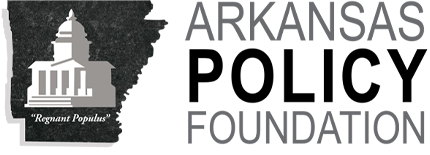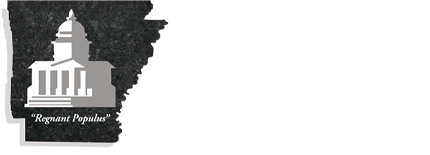“As of Monday, more than 54,000 people–out of an estimated 250,000 who are eligible–had enrolled in the state’s Medicaid program, an increase of at least 964 from the total six days earlier,” the Arkansas Department of Human Services reported. Arkansas Democrat-Gazette, November 13, 20131
(November 15, 2013) Barely 20 percent of Arkansans eligible for expanded Medicaid coverage under the federal Affordable Care Act2 have enrolled after six weeks of the program. Media reports on technological glitches with a federal site3 have ignored other problems with Arkansas Medicaid expansion that betray a basic misunderstanding of economic supply and demand.
Definition of Supply & Demand
Legislators equate ‘supply and demand’ with a market-based economic system, though they frequently fail to define the term.4 Demand is the quantity of a product or service wanted at a specific price and time. Supply is the quantity of a product or service offered for sale at a specific price and time.
Graphs present supply and demand relationships. One textbook explains:
“The tabulation of supply offered at any given price is known as the supply schedule, while its graphical presentation …is known as the supply curve. Similarly, the tabulation of demand is the demand schedule, and its graphical representation the demand curve, for each product and market.”5
The “market price” is determined by the intersection of the supply and demand schedules.”6 Market prices fluctuate outside textbooks. “As soon as suppliers or demanders find that the price that their speculative errors have set is not really an equilibrium and that shortages and/or surpluses develop, their actions tend once again to establish the equilibrium price.”7
Arkansas Legislators & Medical Insurance Demand
Arkansas legislators, in expanding Medicaid were faced with a myriad of questions. These included forecasting the demand for medical insurance.
Previous government attempts to forecast demand were inaccurate, a fact overlooked by legislators when they expanded Medicaid. The U.S. Department of Health and Human Services (HHS) estimated 375,0008 persons with pre-existing medical conditions would enroll in 2010 but only 12,437 enrolled by Feb. 1, 2011.9 About 18,000 enrolled as of June 1, 2011.10 Pre-existing condition enrollees increased at a slow rate until HHS suspended new applications “until further notice” in February 2013. More than 100,000, not 375,000, were enrolled in the program when it was suspended by HHS.11
Enrollment in the Arkansas pre-existing program also fell short of the 2,500-person estimate. Government officials, in sum, overestimated demand in two episodes. Suppliers in a market economy would respond by adjusting price. But Arkansas legislators do not have this option due to federal restrictions.
Arkansas Legislators & Medical Care Supply
Arkansas legislators were also faced with forecasting the supply of medical care providers including primary care physicians. Legislative action shifted the demand curve for medical insurance. How did they respond on the supply-side?
Arkansans faced a shortage of primary-care physicians prior to Medicaid expansion. Increased demand means greater shortages will occur unless physicians increase productivity or the supply of providers is increased.
Legislators could have expanded supply by allowing nurse practitioners to provide more services. Their failure to act ensures increased shortages.
Conclusion
Arkansas legislators overestimated demand and continued to restrict supply when they expanded Medicaid.
–Greg Kaza
1 “964 more sign up for state Medicaid,” Arkansas Democrat-Gazette, November 13, 2013. A Sept. 5 HHS memo projects nationwide enrollment will reach 3.3 million by Dec. 31, and 7 million by March 31, 2014. Democrat-Gazette, Oct. 17, 2013
2 The Affordable Care Act has been termed ‘Obamacare’ by some observers.
3 www.healthcare.gov
4 “Creative destruction,” another undefined term, is cited to defend job losses in a market order while ignoring its original meaning in J.A. Schumpeter’s Capitalism, Socialism and Democracy (London: Routledge,1942): the mistaken view that socialism is inevitable.
5 Murray N. Rothbard, Man, Economy and State (Los Angeles: Nash Publishing, 1962), p. 103
6 Ibid., p. 112
7 Ibid., p. 116
8 HHS, “Estimated Financial Effects of the “Patient Protection and Affordable Care Act,” as Amended.” http://www.cms.gov/ActuarialStudies/Downloads/PPACA_2010-04-22.pdf, p. 16, paragraph 3
9 HHS, “State by State Enrollment in the Pre-Existing Condition Insurance Plan, as of February 1, 2011.”
10 “U.S. to slash rates on insurance plan,” Arkansas Democrat-Gazette, June 1, 2011
11 HHS, http://www.hhs.gov/healthcare/rights/pre-existing/pcip.html









